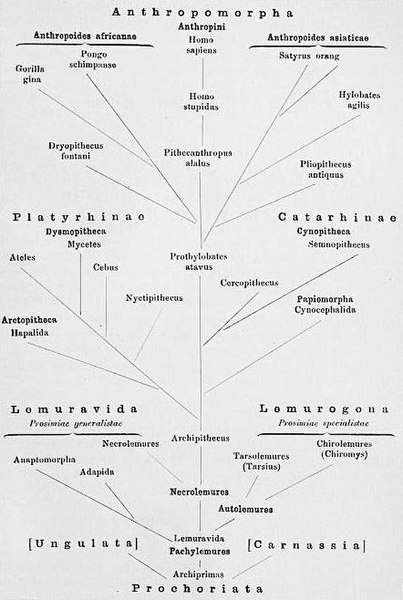The Mousterian is an archaeological industry of stone tools, associated primarily with the Neanderthals in Europe, and to the earliest anatomically modern humans in North Africa and West Asia. The Mousterian largely defines the latter part of the Middle Paleolithic, the middle of the West Eurasian Old Stone Age. It lasted roughly from 160,000 to 40,000 BP. If its predecessor, known as Levallois or Levallois-Mousterian, is included, the range is extended to as early as c. 300,000–200,000 BP. The main following period is the Aurignacian of Homo sapiens.
Distribution of Homo neanderthalensis, and main sites. Mousterian industries have been found outside this range (e.g., Jordan, Saudi Arabia)
Le Moustier 1 Neanderthal skull, today in the Neues Museum, Berlin.
Mousterian point
Production of points & spearheads from a flint stone core, Levallois technique, Mousterian culture, Tabun Cave, Israel, 250,000–50,000 BP. Israel Museum
Neanderthals are an extinct group of archaic humans who lived in Eurasia until about 40,000 years ago.
The type specimen, Neanderthal 1, was found in 1856 in the Neander Valley in present-day Germany.
Neanderthal
The site of Kleine Feldhofer Grotte where Neanderthal 1 was discovered
Ernst Haeckel's Primate family tree showing H. stupidus (Neanderthal) as the ancestor to H. sapiens
Skullcap of Neanderthal 1, the type specimen, at the Musée de l'Homme, Paris








